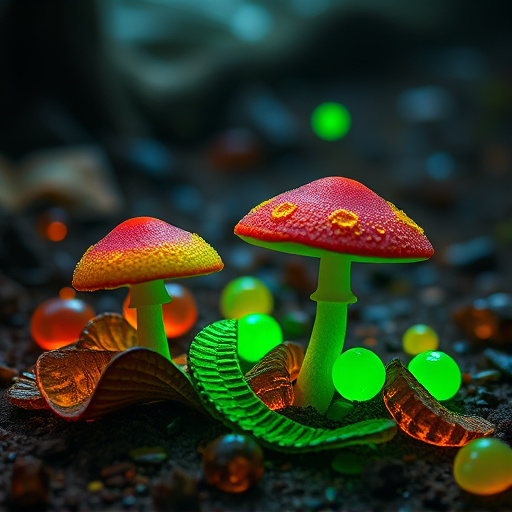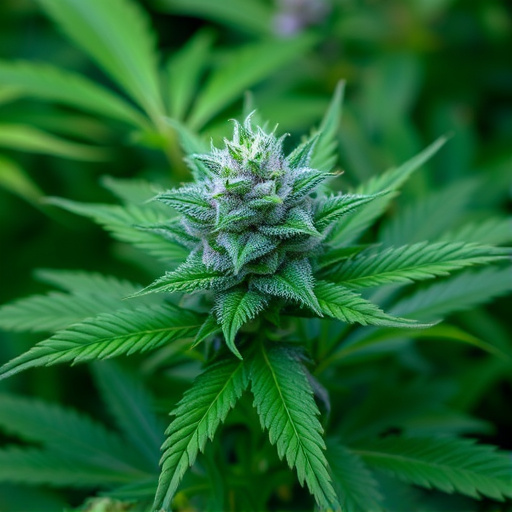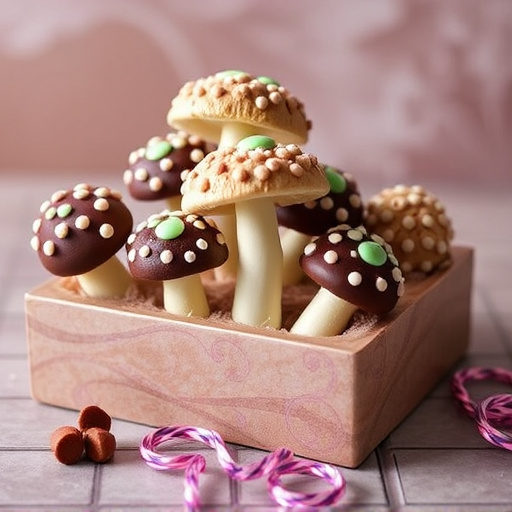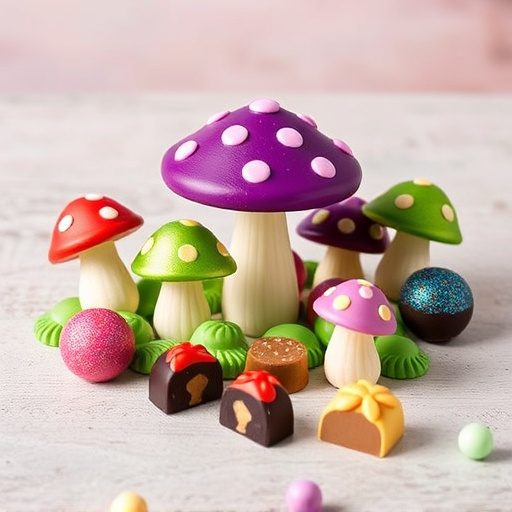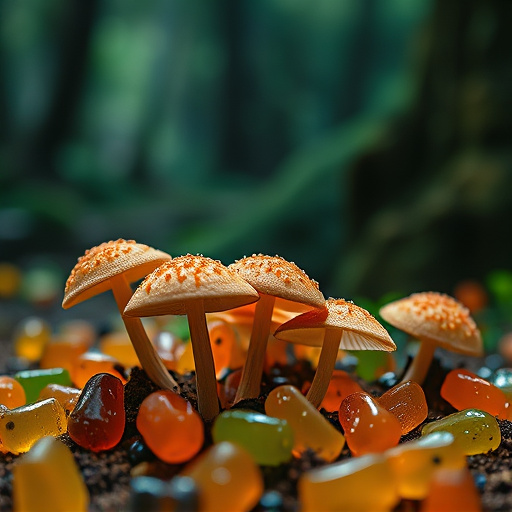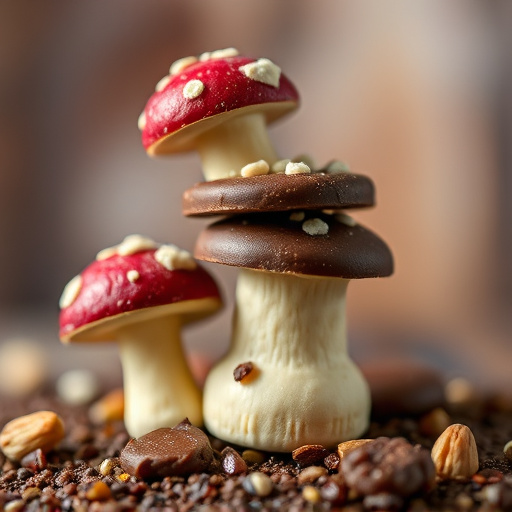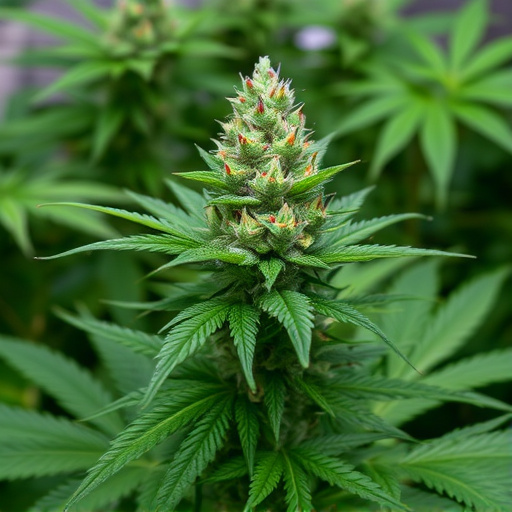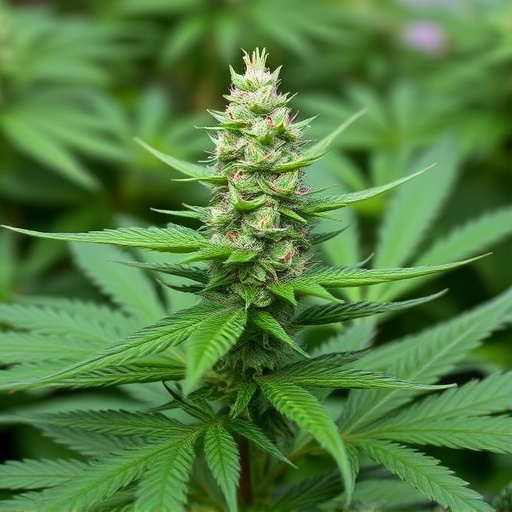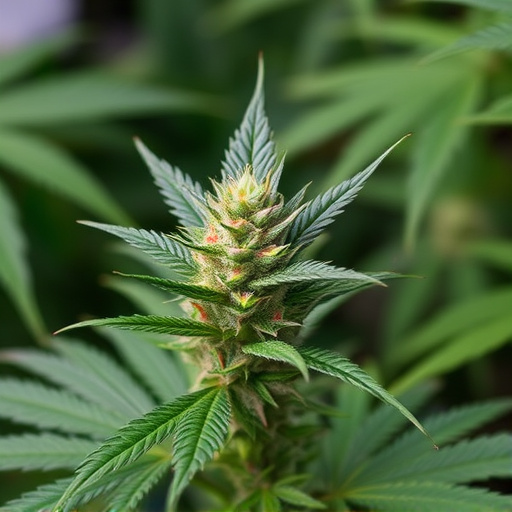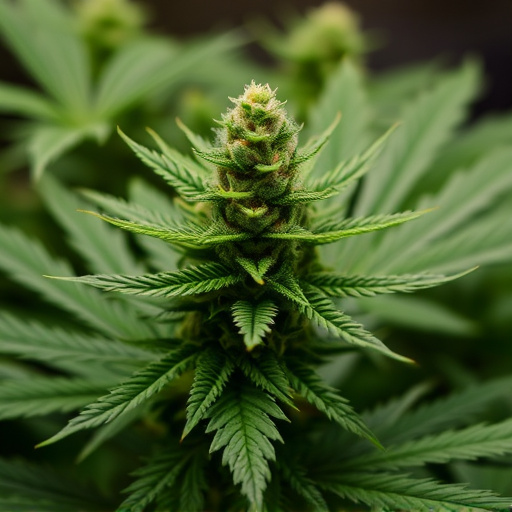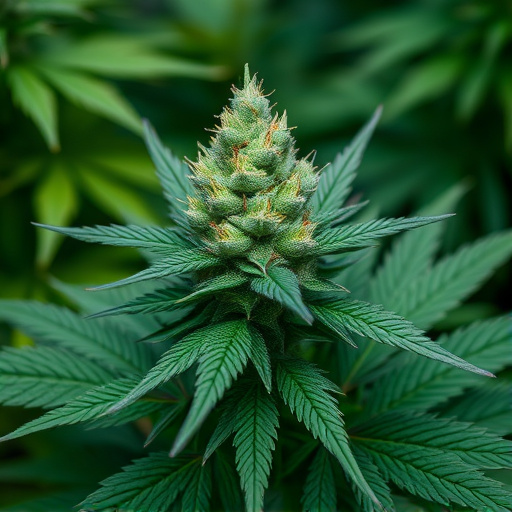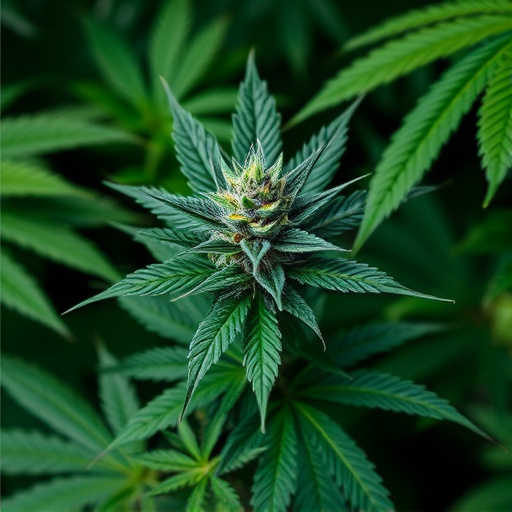Grind size significantly affects burn quality and flavor of cannabis strains used for PTSD treatment, impacting both therapeutic effect and user experience. Finer grinds provide quicker but shorter high, while coarser grinds offer smoother, longer-lasting effects. Optimal grind selection ensures consistent dosing and maximizes medicinal benefits specific to high CBD strains for PTSD management.
Grinding cannabis is an art that significantly impacts burn time and flavor profile, especially in tailored treatments like those sought by individuals managing PTSD. This article delves into the science behind cannabis burn, exploring how different grinding techniques influence both the sensation and therapeutic effects of various cannabis strains. We’ll uncover the secrets to optimizing flavors and cannabinoids for those relying on cannabis strains for PTSD relief, providing insights that cater to both enthusiasts and medical users.
- Understanding Cannabis Burn: The Impact of Grinding Techniques
- Flavor Profile Evolution: How Grinding Influences Taste and Aroma
- Cannabis Strains for PTSD: Optimizing Effects through Grinding Methodology
Understanding Cannabis Burn: The Impact of Grinding Techniques
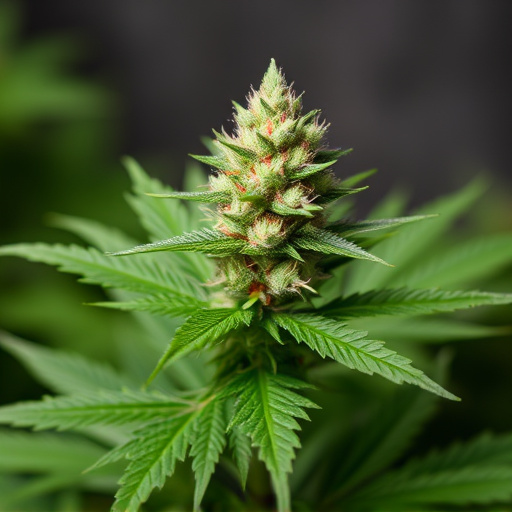
Cannabis burn quality is a critical aspect of ensuring a pleasant and effective smoking or vaping experience, especially for those using cannabis to manage conditions like PTSD (post-traumatic stress disorder). Understanding how grinding techniques influence burn is essential for consumers looking to maximize the benefits of their chosen cannabis strains. The process of grinding cannabis flower into smaller particles increases the surface area exposed to heat, which can significantly impact how quickly and evenly the material burns.
Finer grinds typically result in faster combustion, leading to a more intense but potentially shorter-lived high. Coarser grinds, on the other hand, burn slower, offering a smoother, longer-lasting experience. For cannabis strains for PTSD, where consistent and controlled dosing is crucial, choosing an appropriate grind size can make a significant difference in symptom management. Different burning profiles cater to diverse consumer preferences and therapeutic goals, highlighting the importance of considering grinding techniques as a key factor in optimizing one’s cannabis experience.
Flavor Profile Evolution: How Grinding Influences Taste and Aroma
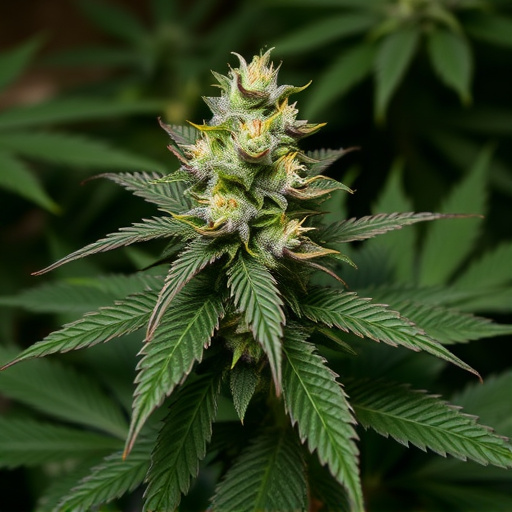
The act of grinding cannabis flowers significantly impacts the final burn and flavor experience, especially for those using cannabis strains for PTSD or other medicinal purposes. As the plant matter is reduced to smaller particles, essential oils and terpenes—the compounds responsible for taste and aroma—become more concentrated and accessible. This concentration shift can dramatically alter the flavor profile, offering a more intense and nuanced sensory journey.
For example, grinding exposes previously protected aromatic compounds, enhancing citrusy or floral notes in some strains and bringing out earthy or peppery undertones in others. This evolution is particularly noticeable when comparing whole flowers to finely ground cannabis. The process also affects burning characteristics; finer grind sizes generally result in faster, more efficient combustion, providing quicker relief for those seeking the calming effects of cannabis for PTSD management, while coarser grinds can lead to a slower burn and potentially a less intense flavor experience.
Cannabis Strains for PTSD: Optimizing Effects through Grinding Methodology
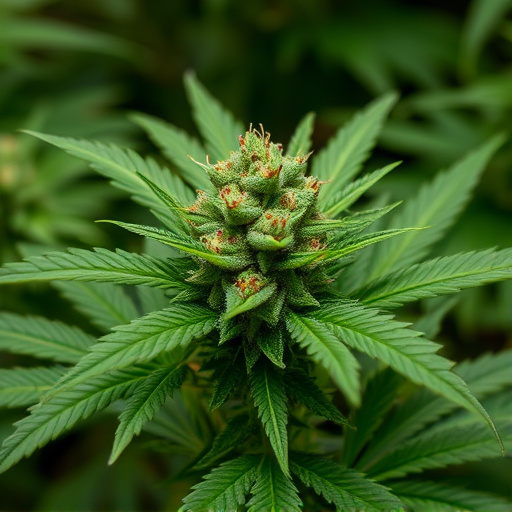
When it comes to cannabis strains for PTSD, finding the right balance through grinding methodology is key to optimizing therapeutic effects. Different cannabis strains offer unique combinations of cannabinoids and terpenes that can significantly impact how individuals experience relief from PTSD symptoms. For instance, high CBD strains are often preferred due to their potential anxiolytic properties, helping to calm the mind and reduce flashbacks or nightmares.
Grinding plays a crucial role in enhancing flavor and maximizing the bioavailability of these compounds. Coarse grinding allows for better retention of essential oils and terpenes, preserving the delicate aroma and taste of the cannabis strain. On the other hand, too fine a grind can lead to over-extraction, altering the final product’s potency and potentially affecting its therapeutic benefits. Therefore, a careful approach to grinding is essential when selecting cannabis strains for PTSD treatment.
Grinding techniques play a pivotal role in optimizing the effects of cannabis, especially for specific conditions like PTSD. Understanding the impact on burn and flavor not only enhances the overall experience but also ensures targeted relief. By choosing the right grinding method for different cannabis strains, users can unlock the full potential of these plants, offering both effective treatment and a delightful sensory journey. This tailored approach to consumption underscores the importance of precision in the world of cannabis care.
